By Fan Zhonghua from CNS
Nearly three thousand years ago, on the northern edge of the Indian subcontinent, there was an ancient country called "Gandhara". It became a place of open communication between the Eastern and Western civilizations in the Middle Ages because it was located at the fortress of the ancient Silk Road, and also formed a splendid Buddhist culture and Buddhist art because of the fusion and intertwining of the Eastern and Western civilizations, and it was the place where Xuanzang gained the true scriptures in the Chinese masterpiece "Journey to the West". While Buddhism was introduced to China through the ancient Silk Road, Chinese cultural elements were also quietly penetrating into Gandhara.
What is the significance of revisiting the path of Xuanzang to "restore" the Gandhara civilization and penetrate the great exchange of world civilization? In September 2023, M. Nasim Khan, an internationally renowned expert in Gandhara studies, went to Shanghai International Studies University (SISU) to work as a foreign expert at the Institute of the History of World Art and to conduct research on the "Road of Xuanzang" in China. "The Road of Xuanzang" research in China. Recently, the Chinese news agency "W.E. Talk" interviewed Prof. Muhammad Nasim Khan to answer the above questions.
Here are excerpts from the interview:
CNS:As a renowned researcher of Gandhara art, why did you choose to come to China to continue your research, as China is an importing country of Gandhara art?
M. Nasim Khan:There were several academic reasons why I decided to come to China and join the World Arthistory Institute at Shanghai International Studies University. Firstly, due to the growing interest of the Chinese in the study and knowledge of Gandhāra civilization, we plan to establish a fully-fledged Gandhāra research centre within the WAI, which we hope will become a benchmark institution in the very near future. Moreover, my current research focuses on an area of Gandhāran studies where much of the information comes from Chinese sources, mainly through the accounts of Chinese pilgrims. The other reason is to research the theme: The Gandhāra-China connection; it aims to understand it in its historical perspective, an idea that has emerged from recently discovered archaeological evidence in Gandhāra, but of Chinese origin. This study could, we hope, corroborate the idea of the recent China-Pakistan economic corridor initiative, a concept that may have existed for over 2000 years. We already know that the direct or indirect link between Gandhāra and China probably didn't begin until the 3rd century BC, since the appearance of Buddhism in Gandhāra. This relationship came into its own when Buddhism reached China. The links between Gandhāra and China became more evident during and after the control of this region by the Kushan, who greatly contributed to the spread of Buddhism and Buddhist art in and outside Gandhāra. Recent discoveries in Gandhāra and its neighbouring regions have even confirmed the possible penetration of Chinese culture elements into Mahā Gandhāra, which seems to have been further manifested at the time of successive ruling dynasties.
CNS:Why is the "Road of Xuanzang" significant for the study of Gandhara civilization?
M. Nasim Khan:The history of ancient Gandhāra is mainly based on archaeological and literary evidence, and thanks to these sources, the gandhāralogists are now able to establish part of the region's history. But this account is still far from complete, lacking the more sufficient and authentic evidence that researchers have long been seeking. That's why every new discovery, every new piece of research, is always hopeful and leads to a new twist, or even a challenge to established theories about the region's history. In addition to archaeological evidence, the archives of historians, the biographies of rulers and the accounts of travellers and pilgrims are considered the most important and significant testimonies in this process.
It is well known that, in addition to contemporary textual evidence, the accounts of Chinese pilgrims constitute one of the main sources of information on Buddhism, Buddhist practices, culture and the history of the region at the time. The two most important and well-known Chinese figures to have visited Gandhāra are Faxian and Xuansang, the latter also being considered the most respected and well-known historical figure among the Chinese.
For historians of Gandhāran Buddhism and Buddhist art, the history of Gandhāra and that of Xuanzang seem interdependent. A legend in China and an encyclopaedia of Gandhāra, Xuanzang has travelled this region in search of knowledge and collected Buddhist texts and whose journey has become the great epic of human history as far as Gandhāra and Gandhāra civilization are concerned. Thanks to the countless pieces of information, he recorded in his accounts, many hidden facets of Gandhāra history, contemporary with his time, have been revealed. Xuanzang, who arrived in Gandhāra at a time when Gandhāra Buddhism and Buddhist art were drawing their last breath. His stories are therefore of great importance and need to be explored further in the light of new discoveries in the region.
Translations of Xuanzang's biography are available in various languages. However, the most complex question that remains is that of the communication routes used by Xuanzang in Gandhāra and the sites he visited or mentioned. Some fragmentary works have already been done, but in most cases, it contradicts each other or lacks the evidence available to researchers. In the light of new information from archaeological excavations, it is therefore necessary to adjust certain previously identified routes and localities, and to rectify errors.
To this day, scholars generally believe that Xuanzang's visit to Gandhāra was primarily intended as a pilgrimage to Buddhist sites, due to his faith and keen interest in learning Buddhism and collecting Buddhist texts. His visit is recognized and associated with some of the region's most famous Buddhist sites, which was indeed the case, but he never missed the opportunity to visit other religious establishments in Gandhāra. The recent discovery of the Kashmir Smast as a Hindu shrine is one of the best reliable examples of his visits to such shrines, apart from Buddhist establishments. If we believe this, and I don't think there's any reason to dispute it, we need to revisit the account of his Gandhāra journey and try to understand which site he visited and by which route he travelled in Gandhāra, taking into account the landscape of the region and the safety constraints of the time. This new study would help us trace the routes and distance to the sites, discover the original names of the sites and how and why their etymology changed over the course of their existence, what the state of the Buddhist site was at the time of Xuanzang's visit, and which school or group of Buddhism it would have been associated with. These are just some of the pertinent questions and important issues to be answered and resolved in the course of this research. The aim and objective of this project is also to correct certain obvious errors and prepare a map that would indicate the routes and the exact location of the site adopted and visited by Xuanzang in the Gandhāra region.
CNS:What are some of the discoveries that have impressed you from the archaeological work carried out in the ancient Gandhara region?
M. Nasim Khan:The study of Gandhāran civilization or its archaeology is always full of surprises and charms. My work mainly involves in four different fields of research on Gandhāran history: archaeology, epigraphy, Buddhist art and religions in Gandhāra. In recent years, important discoveries have been made in these four fields that have significantly altered the chronology, vernacular writing, religious practices and Buddhist art of Gandhāra. The most important discoveries of recent decades are those of Aziz Dheri Buddhist settlement, which help us to establish a complete cultural profile of Gandhāra, from the 5th century BC to the 12th century AD. Working on ancient scripts and languages has led me to explore the earliest Mahayana texts written in Kharoshthi script and Gandhari dialect. At the same time, I discovered a new script that I called "Kohi script". When it was first discovered, specialists thought it was a forgery, but today they all agree on its authenticity. This discovery made it possible to admit that, alongside the Kharoshthi and Brahmi, the other important Gandhāra script was the "Kohi script" or "Pushkarasari script".
The same applies to the region's religious landscape. It was generally believed that Buddhism and Buddhist art were the only treasures of Gandhāra, but the discovery of a very famous site, the "Kashmir Smast", has shown that alongside Buddhism and its various sects, Hinduism was the other important religion of Gandhāra. The Kashmir Smast site is dated from the 2nd century BC to the 12th century AD, showing that this religion coexisted with Buddhism. It was this site that was visited by Xuanzang, and thanks to this visit and the information he left behind, we are now obliged to retrace his itineraries in Gandhāra.
With regard to the recent development of the study of Buddhist art, several important discoveries have been made which add to our knowledge of Buddhist art and the means used to execute this art. The most important in this respect are the discoveries of wall paintings in Gandhāra, which have challenged the theory that the absence of wall paintings in Gandhāra was due to the climatic conditions of the region. To answer the question that what impressed me the most, it was the overall beauty of the Gandhāra civilization. All these new discoveries have fundamentally changed the historical, political, cultural and religious landscape of Gandhāra.
CNS:How does Gandhara, a place where East meets West, play its role as a hub of world civilization?
M. Nasim Khan:Situated at the crossroads of civilizations, ancient Gandhāra has played a central role in the history of the entire Asian and trans-Asian region since the earliest times. In addition to establishing the cultural profile of Gandhāra through archaeological excavations, these documents also show that the Gandhāra region remained a land of battle for Alexander and a land of hegemony and propagation for Aśoka, and that this land of bodhisattvas subsequently remained a high place of learning for followers of Buddhism and Hinduism. Gandhāra is also known as a land for the intellectual discussions. The two great institutions of learning, the ancient universities of Taxila and Kashmir Smast, the latter perhaps the first seat of Hindu learning, are located in this region. The richness of the landscape and the country's material and intellectual wealth thus made this region an embargo land for Central Asian nomads (2nd/1st century BC), and the region's fame reached its peak with the hegemony of the Kushans, royal patrons of Buddhism and the precursor of Mahāyana Buddhism. This is the land that is said to have given birth to the first image of the Buddha. Gandhāra is the source and region from which Buddhism spread to Afghanistan, Central Asia, China, Korea, etc. Due to Gandhāra strategic location, its art is therefore considered as the representative of different culture and civilizations such as Indian, Greek, Roman, Central Asian, etc.
Gandhāra remained, as it still is, an important geographical location in the region and was traversed by invaders, diplomats, pilgrims and traders from different regions, taking various routes that arrived or passed through Gandhāra. These routes of invasions, economic and cultural exchange certainly functioned as channels for the transmission of religions, which is why the Gandhāra region has enjoyed such a privilege. It was probably during the first century B.C.E. that Buddhism began to infiltrate in other countries of the region via the various trade routes, most notably the routes linking China to the Mediterranean, later known as the "Silk Routes", which mediated between different cultures and civilizations until a late period. Although the history of commercial activity between China and other countries may go back a long way, Buddhism most likely reached China from Gandhāra in the early first century CE, perhaps during or around the time of the Xin dynasty. This is suggested by numismatic evidence, since Chinese coins have been discovered at Kashmir Smast in Gandhāra, including a Huoquan coin issued by Wang Mang. My preliminary study shows that there are a considerable iconographic and stylistic similarities between the Buddha images from Gandhāra and those found in the tombs of the Han period and in the grottoes in China, particularly Dunhuang and Yun gang grottoes.
CNS:What kind of cultural legacy has Gandhara art left behind for the world today, which was brilliant for centuries?
M. Nasim Khan:Gandhāra, situated at the crossroads of civilizations, has had the privilege of amalgamating, assimilating, understanding and experiencing the intrusion of foreign elements into its culture, which is generously reflected in Gandhāra art, the art of intermediation, which is magnificently depicted in its canvases. Art is seen as a language of expression that softly communicates and effectively narrates people's norms, cultures and way of life. Gandhāra art conveys not only the teachings and life of the Buddha, but also lifestyle, costumes, environment, flora and fauna, languages and scripts. This art of tolerance also expresses how and in what context foreign elements have been incorporated and adopted by local artists to their own culture. Gandhāra art is therefore not only used for the propagation of religion, but it also shows kind human behaviour towards others and a lesson in harmonization, brotherhood and respect. This is probably why Buddhism and Buddhist culture have spread to neighbouring countries and been accepted by the natives of these regions, probably without any specific reservation.
The period of Gandhāra art is not entirely certain, but I would guess that it predates the first century CE and continued through the 8th and 9th centuries CE in Gandhāra. However, if Gandhāra art is only about images of the Buddha or the story of his life carved in stone, the date of the first century CE may be rational and convincing, but Gandhāran Buddhist art also covers all works of art, sculptures, paintings and images on coins, etc. Gandhāran sculptures can be found in almost every major Museums in the world, and the rich bibliography available on the study of this art is also very much impressive. Gandhāran Buddhist art represents the gentle image of the past and, in addition to its artistic beauty, is a symbol of harmony, inter-religion and tolerance. But we must approach it with open arms and a hopeful heart, which will certainly bring us closer to a better understanding of the language of Gandhāran art.








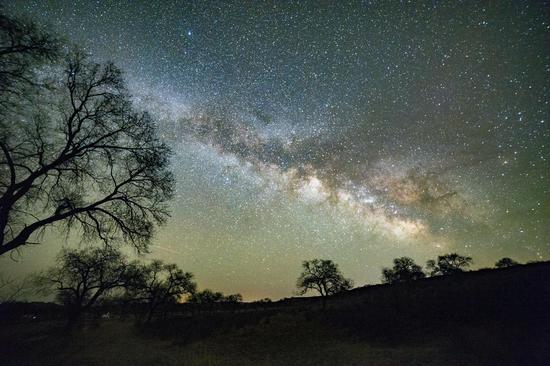












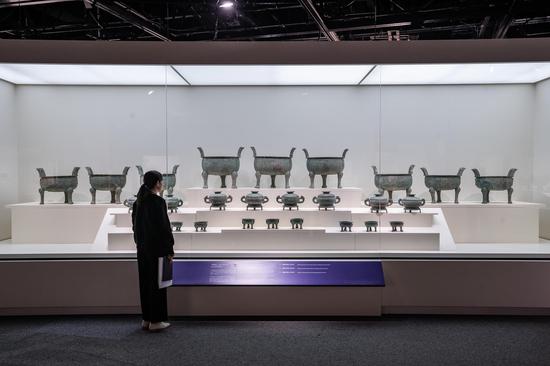
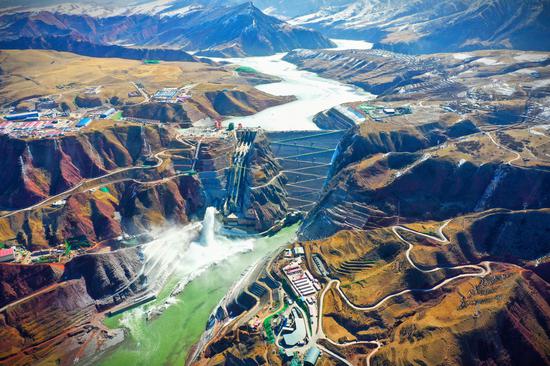


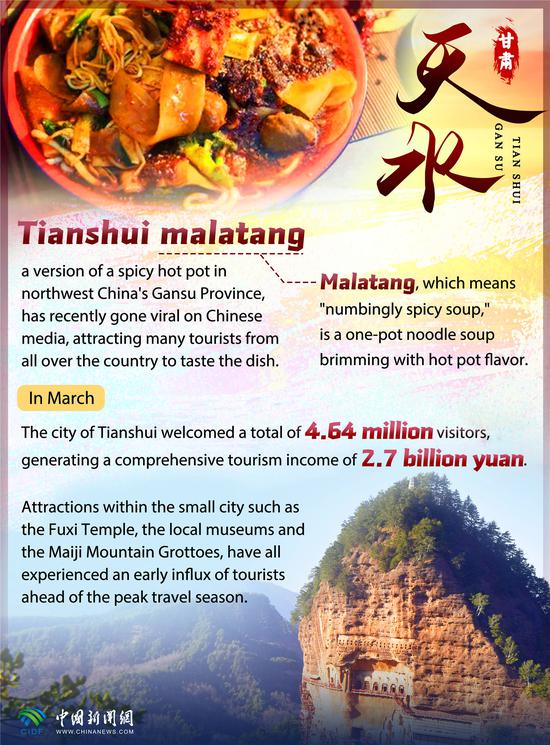





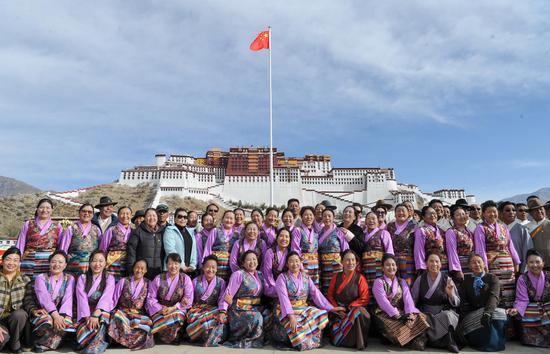
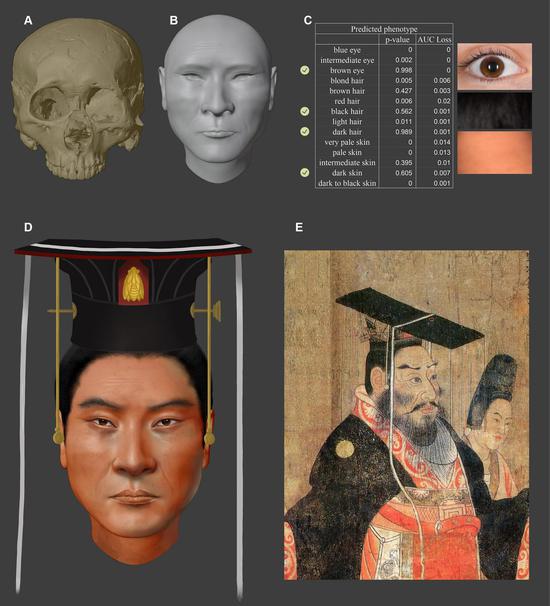



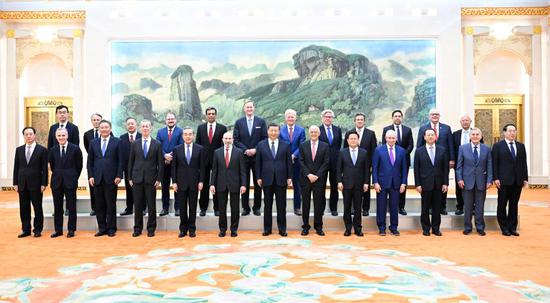




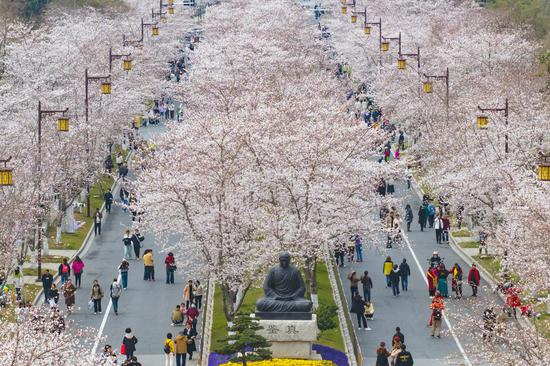


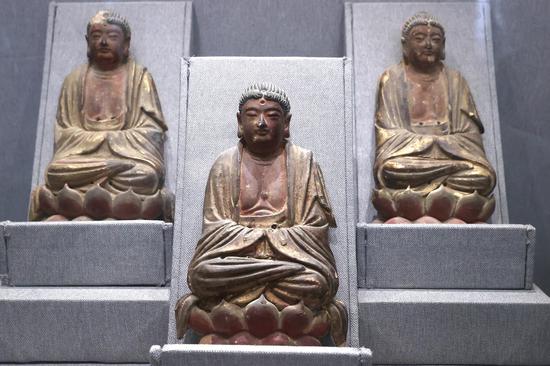

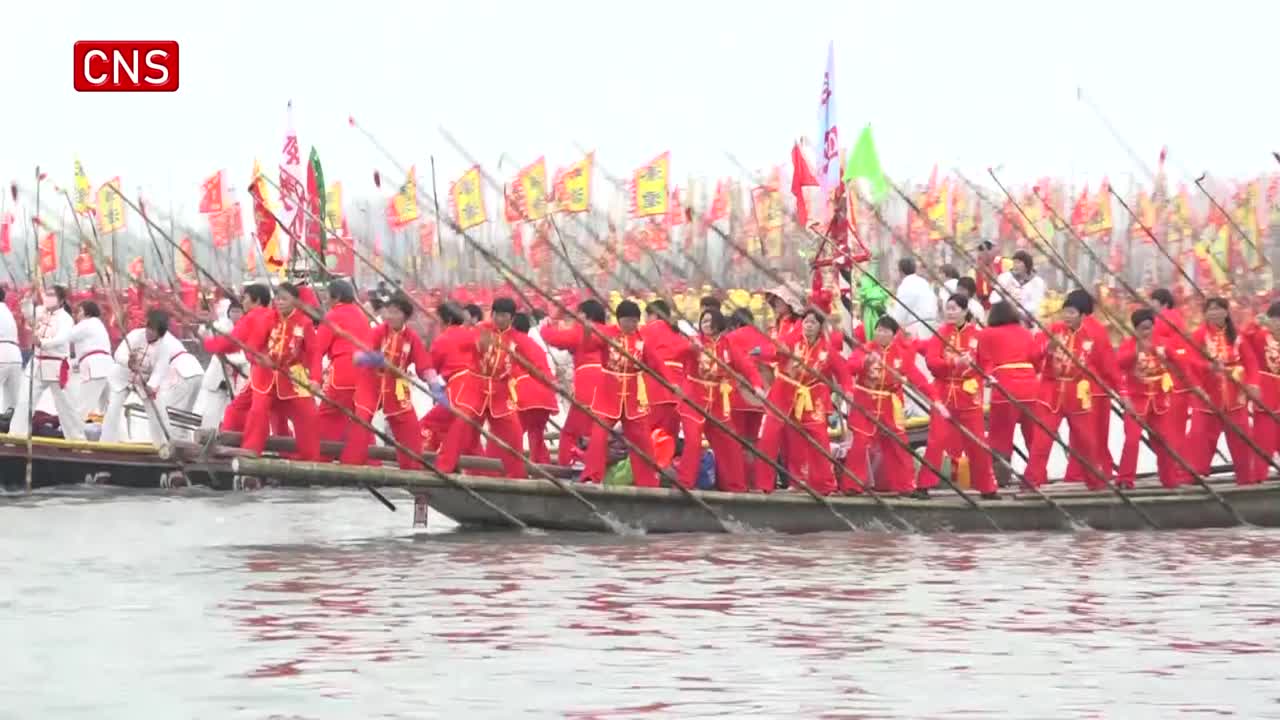



 京公网安备 11010202009201号
京公网安备 11010202009201号